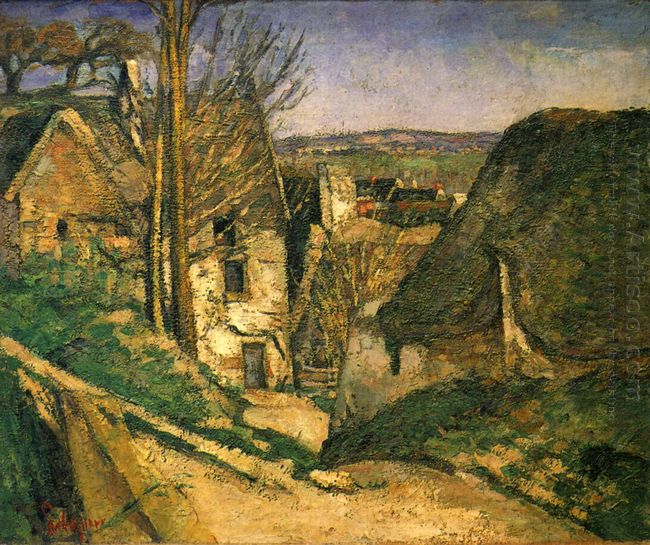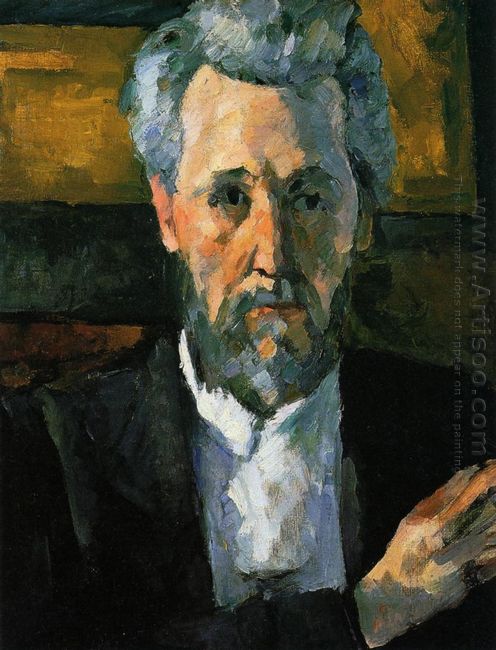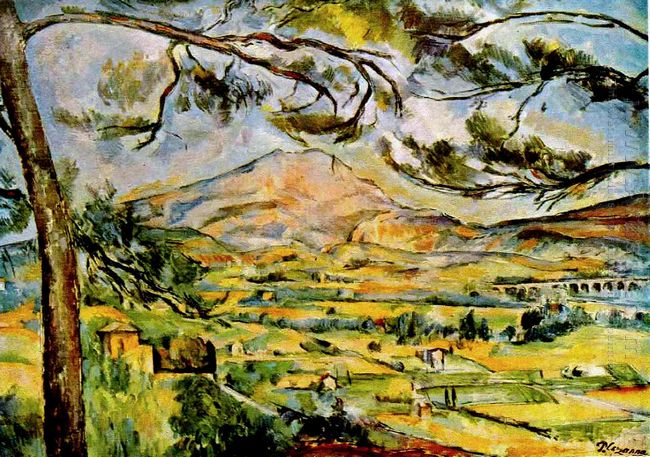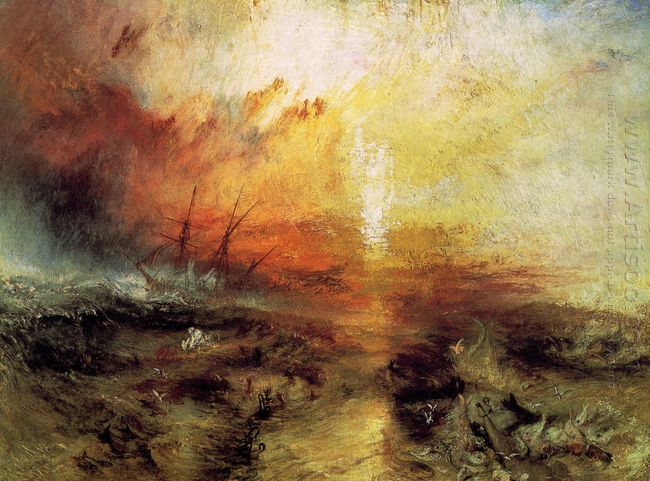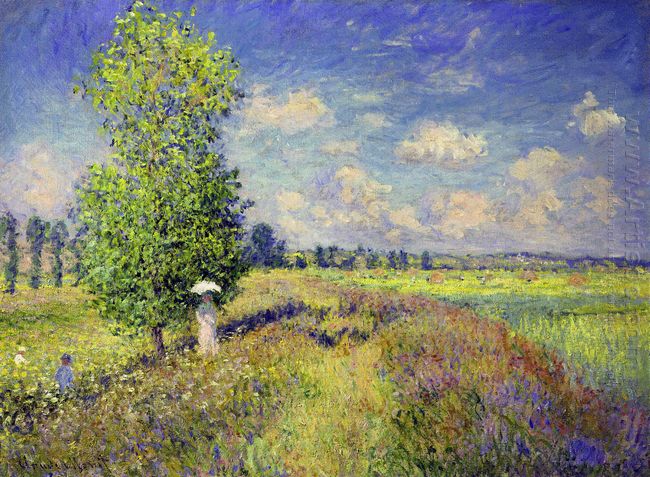The Hanged Man's House made between 1872 and 1873 shows people an entirely new work to people. He is still in use of dense colors in previous years, but he has made them belong to the intermediate tone. Volume shows the depth of space, and affirms the existence itself, and become more intense. In other words, Paul Cezanne fully reveals the relationship between the volume and space, and play what he has learned from Pissarro to the extreme. And he considers these objects as a kind of eternal and universal thing, resulting in a solid and comprehensive feeling in this material world. The result is that he has been completely unlike Pissarro's artistic effect. In Cezanne's paintings, light also lacks of detailed processing, but this is the result of comprehensive and grandeur of his pursuit in image. In 1874, Cezanne also took place in the first Impressionist exhibition at the natal studio. This exhibition was ridiculed and Cezanne certainly would not be able to avoid the accusations. In contrast, the count had bought his The Hanged Man's House and a government officer Victor Chocquet also became his admirer and close friend and Cezanne’s model.
During Franco-Prussian War happening between 1870 and 1871, Cezanne studied painting in Ishtar (not far from the port of Marseilles) and soon returned to Paris. In 1872, he went to Afuah of River Oise. At that time, he always followed the landscape painter Pissarro's advice. He drew some scenery, but did not show their temperament. The painting reflected some of Cezanne's own inner world. He was well aware of the image of the sense of weight, a sense of stability and grandeur. In fact, this is his artistic quality, which is a sign of structural art he has. The Hanged Man's House made between 1872 and 1873 is such a typical work.

